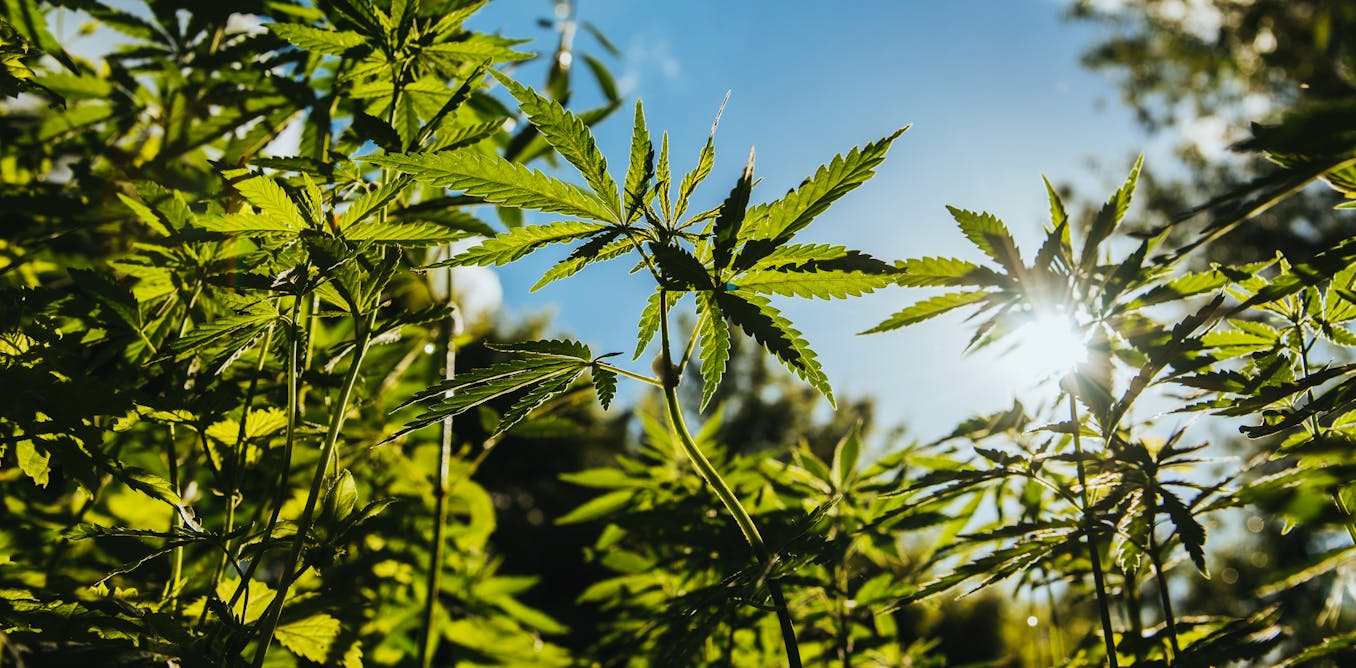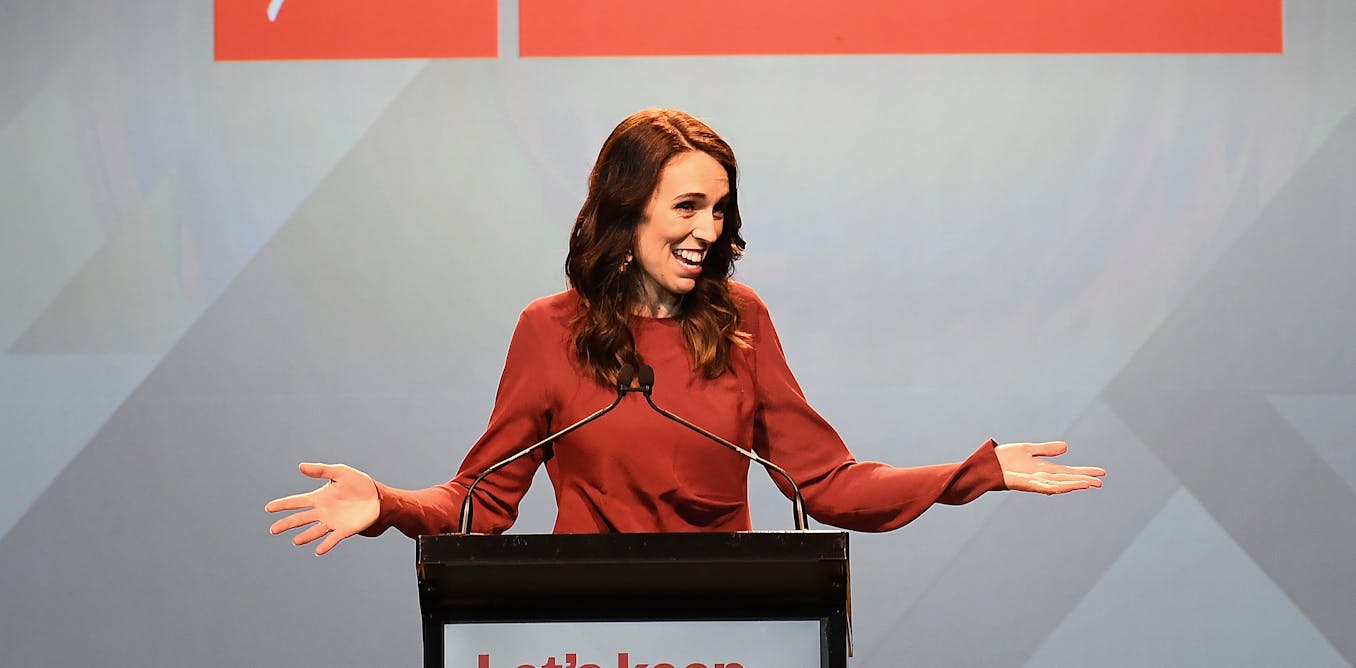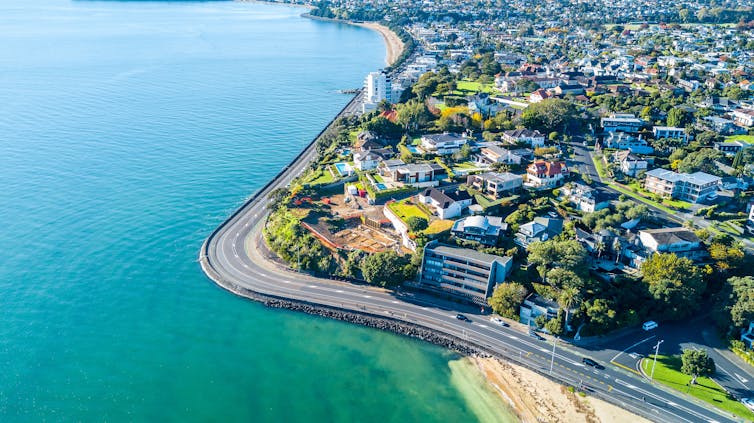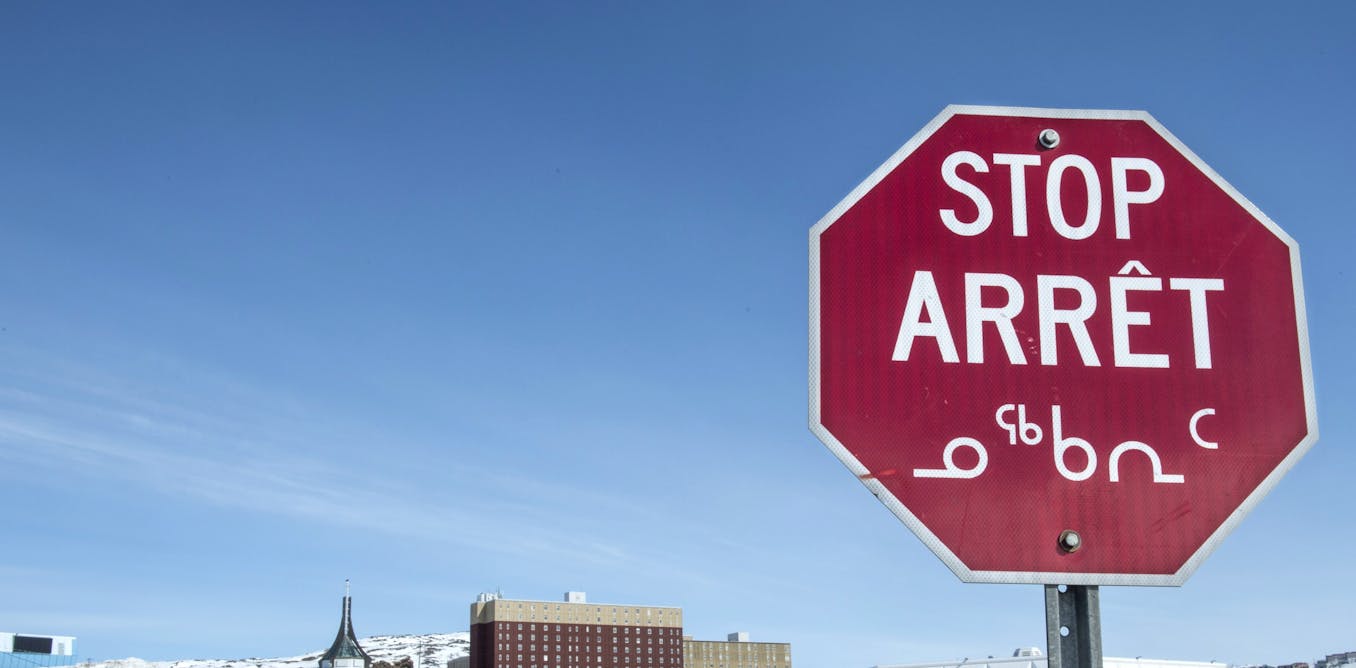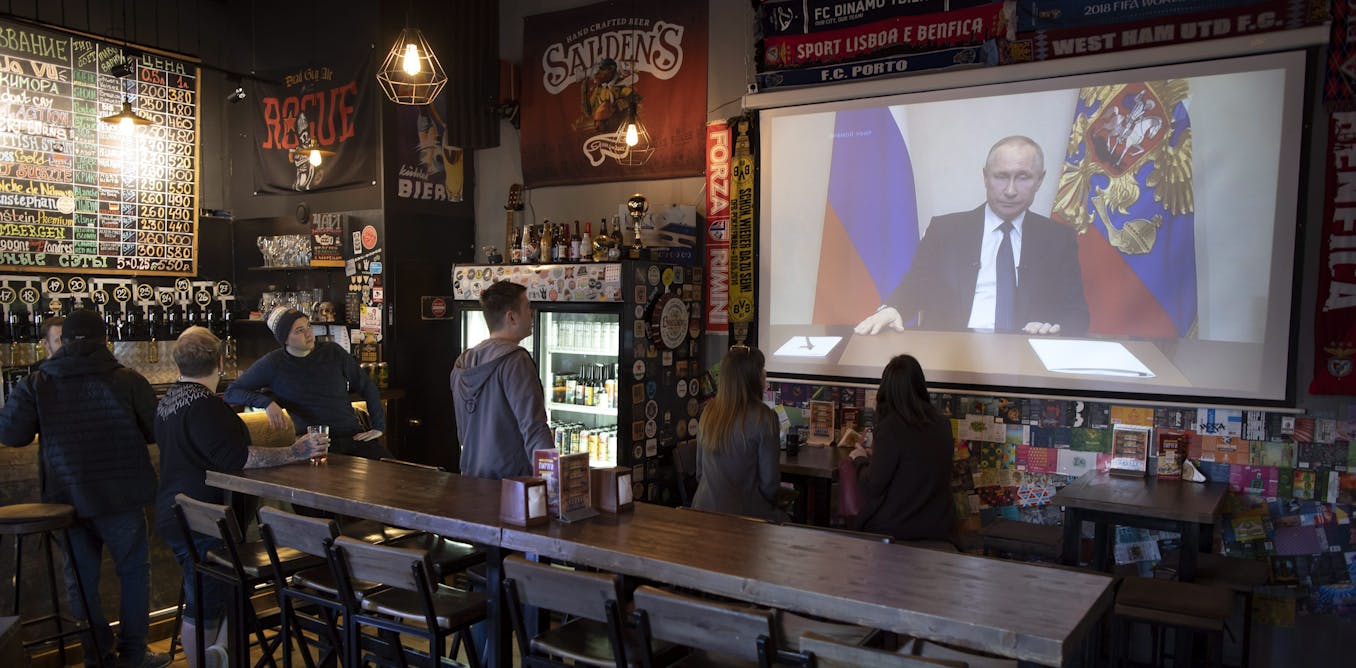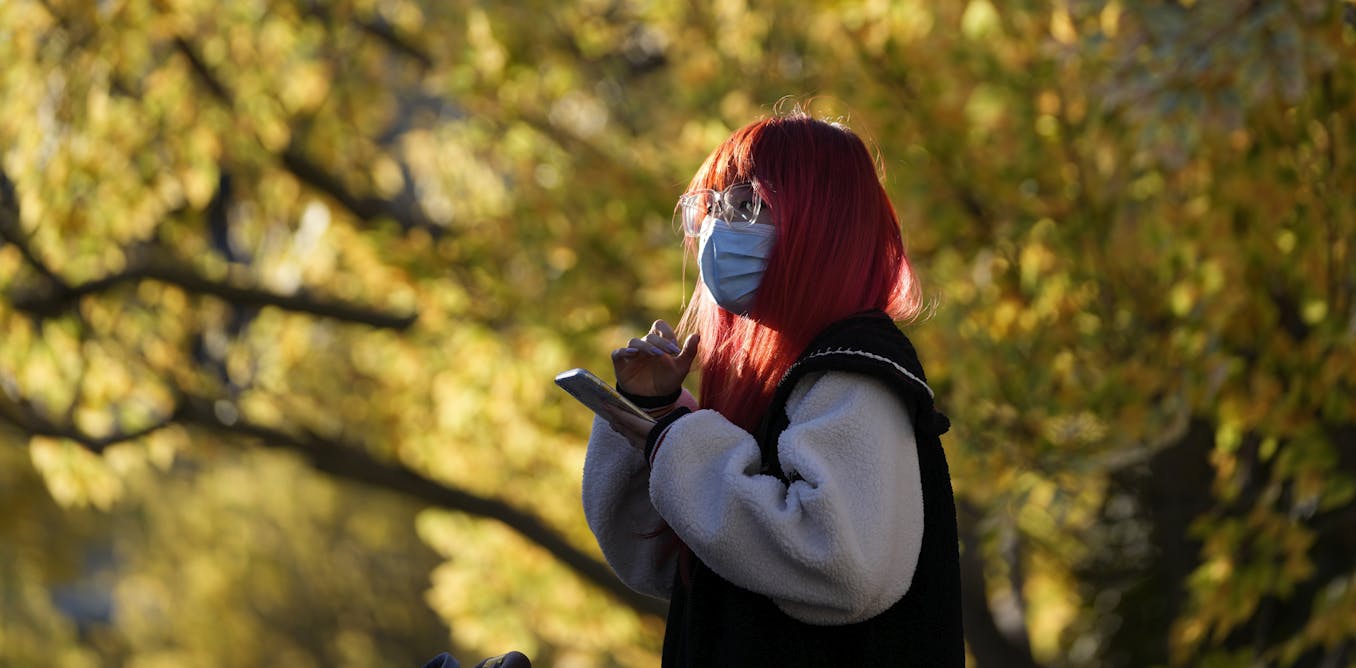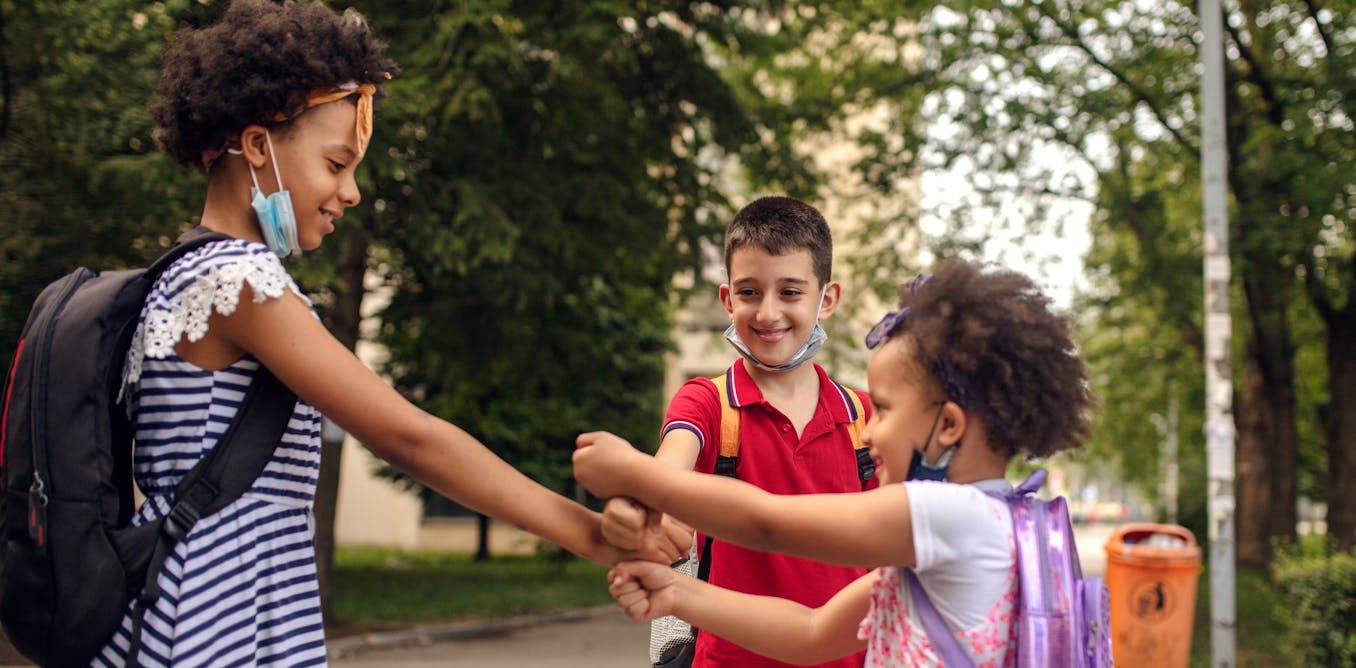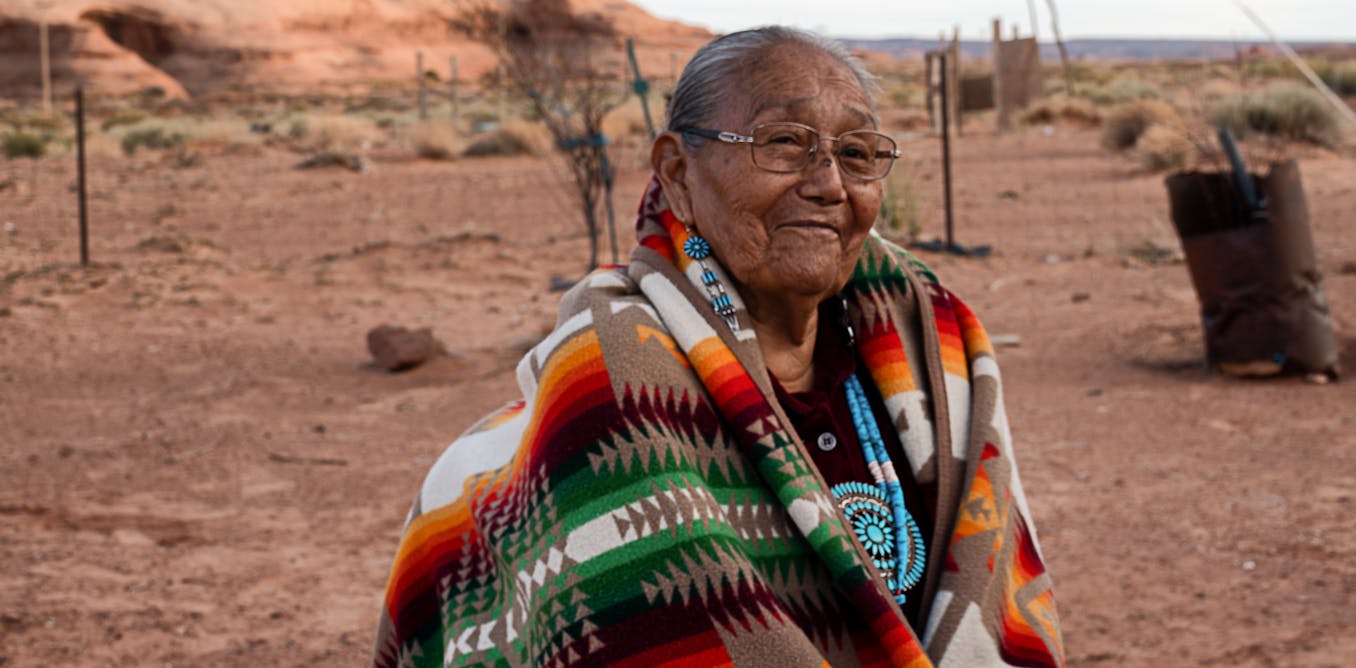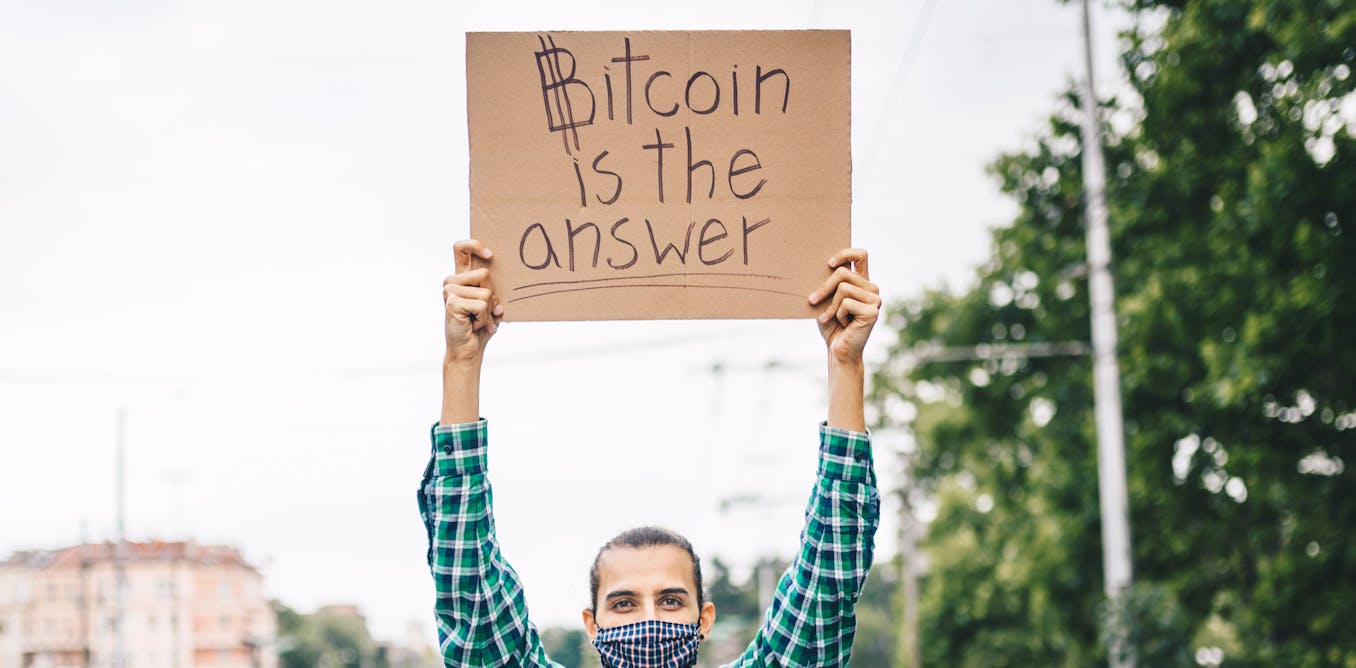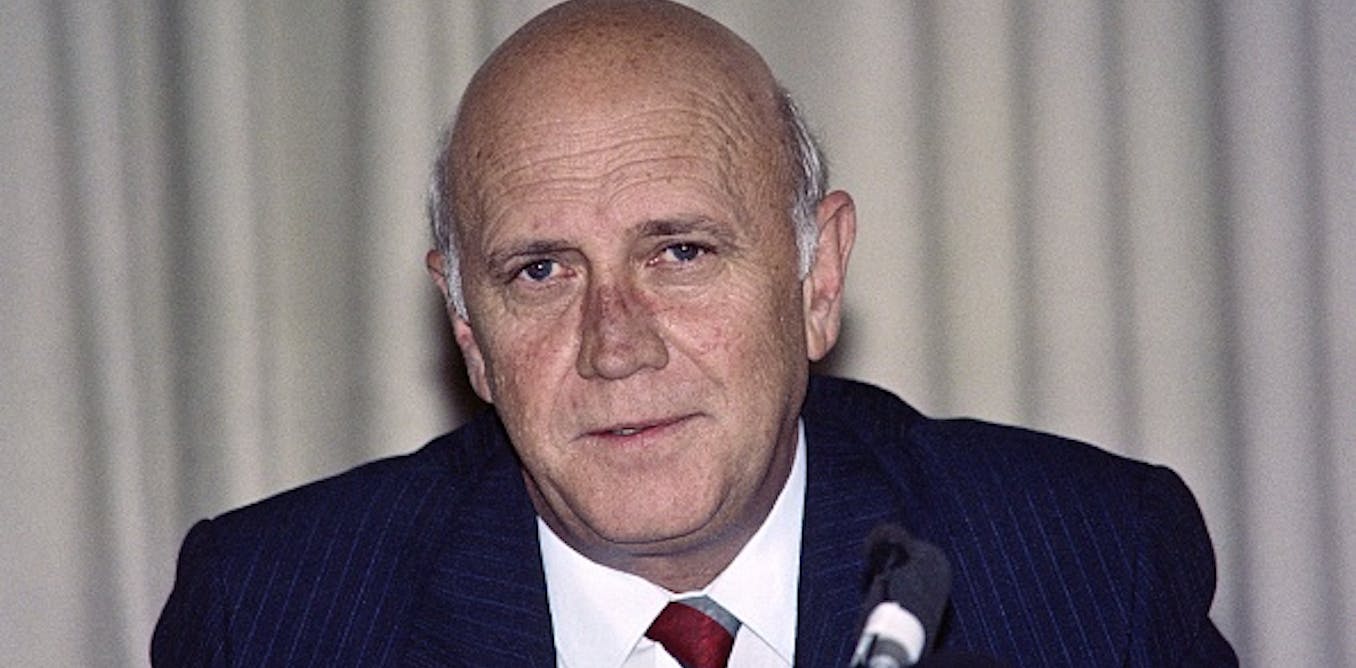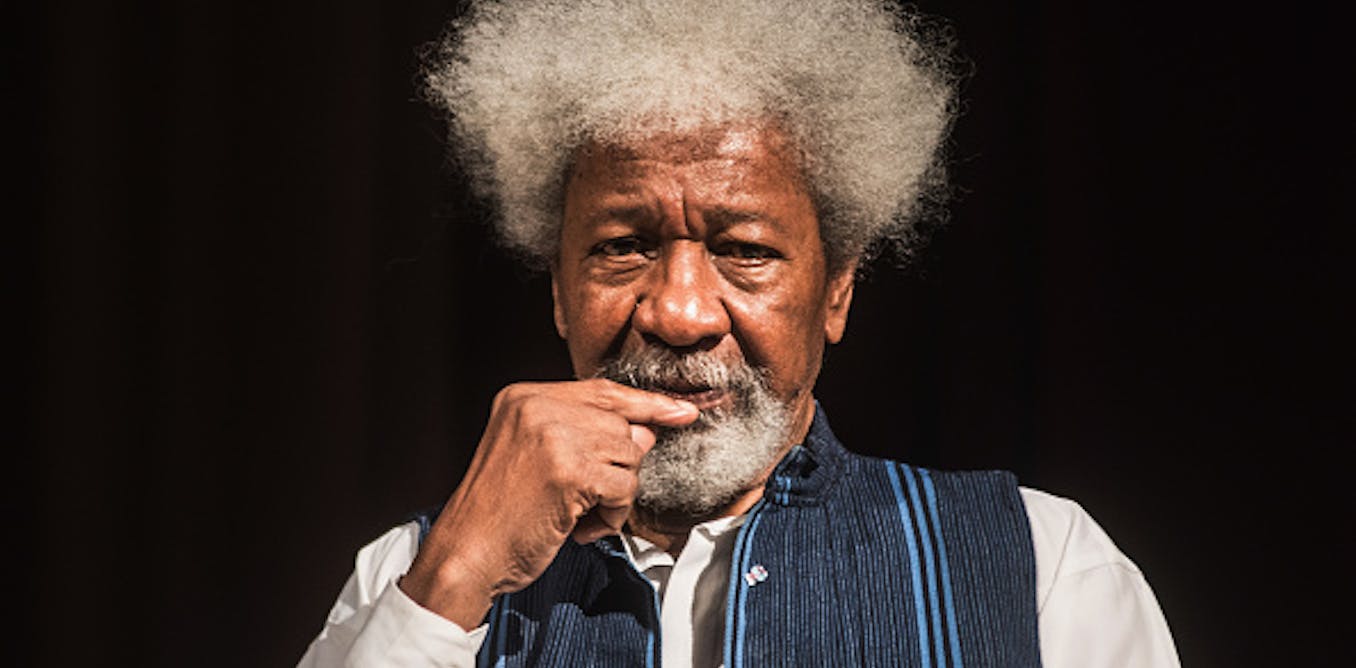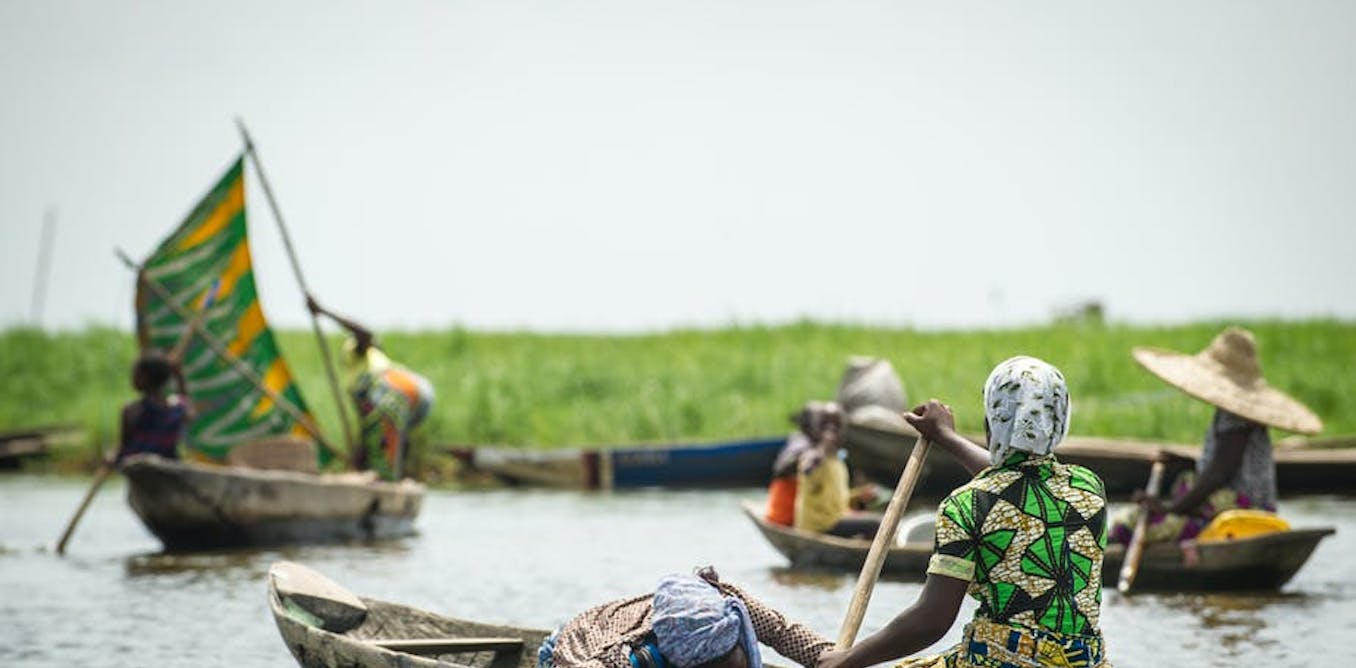How the US and UK worked together to recolonise the Chagos Islands and evict Chagossians
Attention is on the UK to relinquish its hold on the islands. What’s missing is an acknowledgment of the enduring role of the US in this international crime.
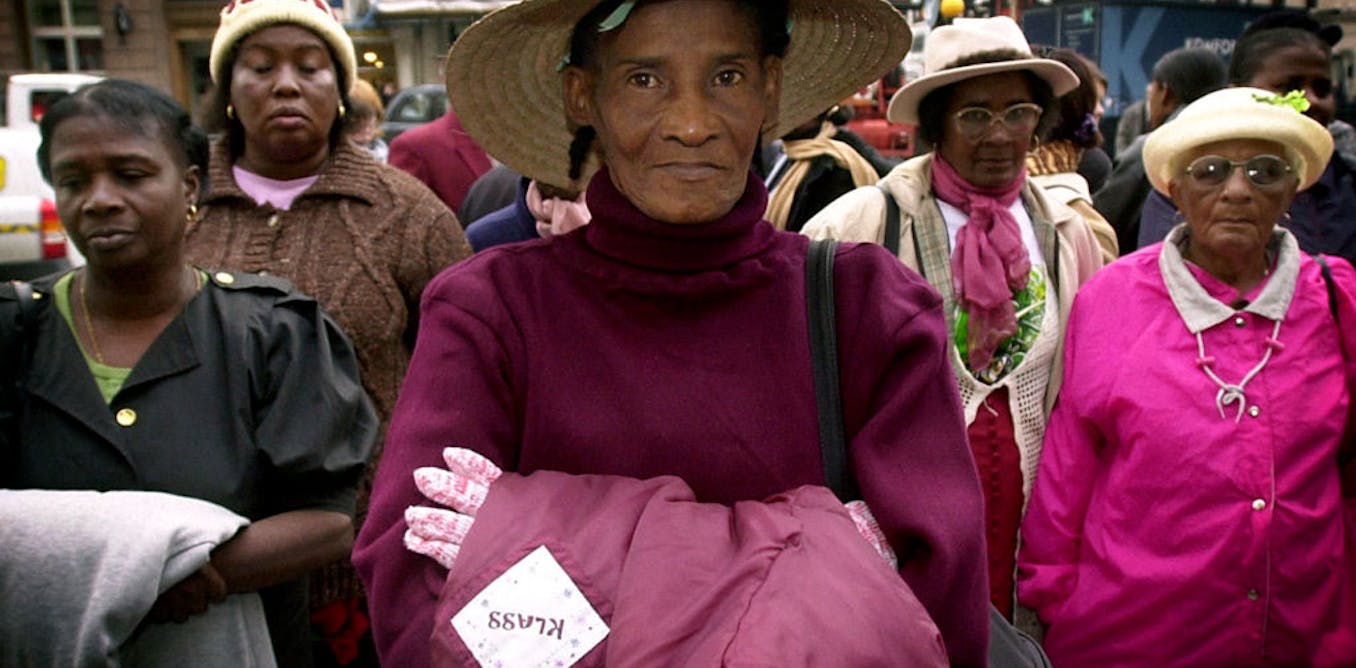
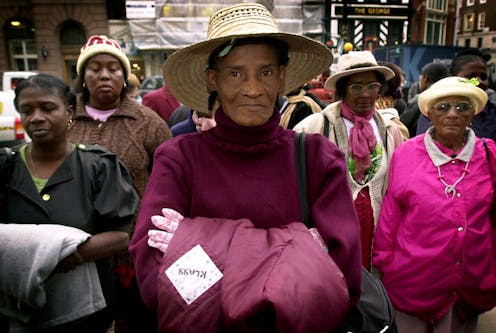
On 15 February 2022 the Mauritian flag was raised on two Indian Ocean atolls, Peros Banos and Salomon, both belonging to the Chagos archipelago. This was the first time that Mauritius’ flag was raised in the Chagos Islands, even though there is clear evidence that these 60 islands form part of its sovereign territory.
Currently, the UK maintains control over the archipelago. The whole of Mauritius used to be a British colony, the Chagos islands were detached in 1965, from the Crown Colony prior to granting Mauritius independence. A new colonial territory was created – effectively recolonising the archipelago – under the name ‘British Indian Ocean Territory’ (BIOT).
The largest and most heavily populated island in the archipelago is Diego Garcia. This island was home to the majority of the nearly 2,000 exiled Chagossians who are prohibited from returning. Today, this island is home to a US Naval Communication Station with a few thousand US troops and international support staff.
I’ve carried out research on the recolonisation of the Chagos Archipelago, the forced eviction of the Chagossians, and the role of both the UK and US governments in this.
Despite the archipelago’s name – which indicates it is a British colony – the forcible eviction of the Chagossians was set in motion in the US. As part of the US strategy to expand its military bases around the world, Diego Garcia was identified in 1958, as an ideal location for a future military base by a US naval officer.
The island was considered particularly desirable both because of its location in the Indian Ocean and its small population that could easily be removed. Bases are a critical element of the US hegemon, a hidden empire, which benefits US defense and intelligence interests. The base in Diego Garcia has been a vital location for manoeuvres across the Indian Ocean, including enabling the invasions of Afghanistan and Iraq.
The removal of the local population would ensure that there would be no political calls for sovereignty or social movements that could curtail military operations. In 1960, the process of acquiring the islands began with a secret conversation between the US Secretary of Defense Robert McNamara and the British Minister of Defense Peter Thorneycroft.
According to communication between British government officials:
the primary objective in acquiring these islands…was to ensure that Her Majesty’s Government had full title to, and control over, these islands so that they could be used for the construction of defense facilities without hindrance or political agitation and so that when a particular island would be needed for the construction of British or United States defense facilities Britain or the United States should be able to clear it of its current population.
Americans in particular attached great importance to the freedom of manoeuvre that comes from operating on an depopulated island.
Circumventing laws
The 1960 conversations resulted in the UK detaching the Chagos Islands from Mauritius for the purpose of recolonisation. This separation from Mauritius was unlawful and went against a UN resolution and the UN charter.
In order to circumvent international law, the British Parliament, and the US Congress, the British Indian Ocean Territory was created using an Order in Council. This uses Royal Prerogative, a discretionary power to implement actions without parliamentary authority.
In 1965, in what became known as the Lancaster House Agreement, Mauritius was granted independence on the condition that it relinquish the Chagos Islands to Britain.
The following year, the US drafted an agreement for the lease of the islands from the UK. The agreement took the form of an Exchange of Notes, where the Chagos Islands were leased to the US for an initial 50-year term with an option for a 20-year extension. This option was exercised in 2016, extending occupation to 2036.
Notably, the two countries avoided using a treaty for this purpose, bypassing the need for domestic legislative approval in both countries.
Having secured ownership, the relocation of the indigenous people that lived there commenced.
Forced evictions
Chagossians, who were forcibly evicted from Diego Garcia, are prohibited from seeking employment on the US Naval Base. Chagossians can’t even visit the island of Diego Garcia.
The forced eviction of the Chagossians, who it is estimated had a population of nearly 2000, occurred in four stages between 1967 and 1973.
The first stage was the prevention of re-entry of Chagossians who left Diego Garcia for medical or tourist purposes in 1967. This was done without any notice.
The second stage was the implementation of import restrictions that created scarcity and made remaining on the island difficult.
The third stage involved threats and coercion. This took two forms. First, in poisoning, shooting, gassing, and burning all pet dogs on the island. Second, in demolishing the homes of Chagossians. These actions were ordered by the British Commissioner of the British Indian Ocean Territory, Sir Bruce Greatbatch. The orders were carried out with the assistance of the US Naval Construction Battalions.
The depopulation was finalised with the 1971 Immigration Ordinance No.1. It prohibited Chagossians from entering or remaining on the islands.
The exiled Chagossians were mostly left homeless and destitute in the Mauritius, some were sent to Seychelles. They were left to live in dilapidated shacks in slums, without support or employment opportunities. Although some meager compensation was handed down, this came years after lengthy court battles and amounted to about £1000 (about US$1300) per person, although not all received this sum. The resulting insecurity and trauma has had a profound impact on those directly affected and on subsequent generations of Chagossians.
What next?
On the request of the UN General Assembly, the International Court of Justice, on 25th February, 2019, deemed the detachment of the Chagos Islands from Mauritius and their incorporation into a new colony unlawful. The UN General Assembly passed Resolution 73/295 on 22nd May, 2019 obligating the UK to withdraw its colonial administration within six months.
These decisions demonstrate that international attention is on the UK to relinquish its unlawful colonial hold on the archipelago. What is missing is an acknowledgement of the enduring role of the US in these international crimes. Beyond holding the US responsible for its role in depopulating the islands, it is clear that without the participation of the US, the harm caused, especially to the Chagossian people, will not be repaired.
Mauritius has already offered the US a 99-year lease of Diego Garcia in an effort to shore up US support for its efforts around the return of the Chagos Islands. It’s still not clear whether the US will allow the Chagossian people, that it insisted be removed, to return.![]()
Anamika Twyman-Ghoshal does not work for, consult, own shares in or receive funding from any company or organisation that would benefit from this article, and has disclosed no relevant affiliations beyond their academic appointment.
What's Your Reaction?




















